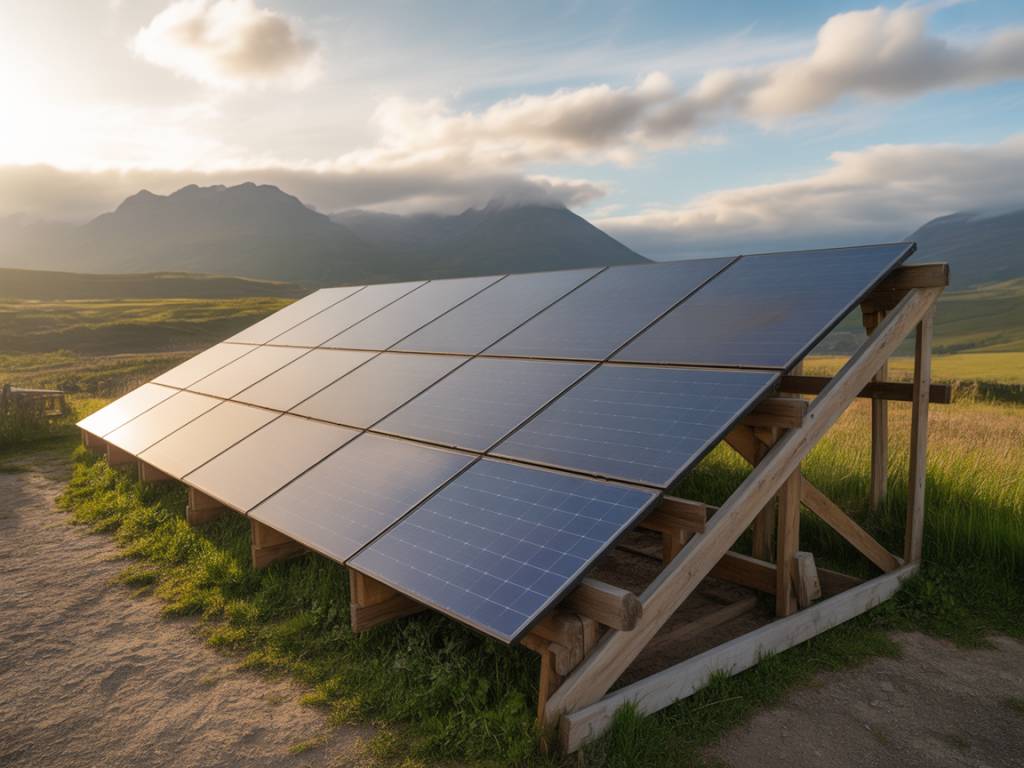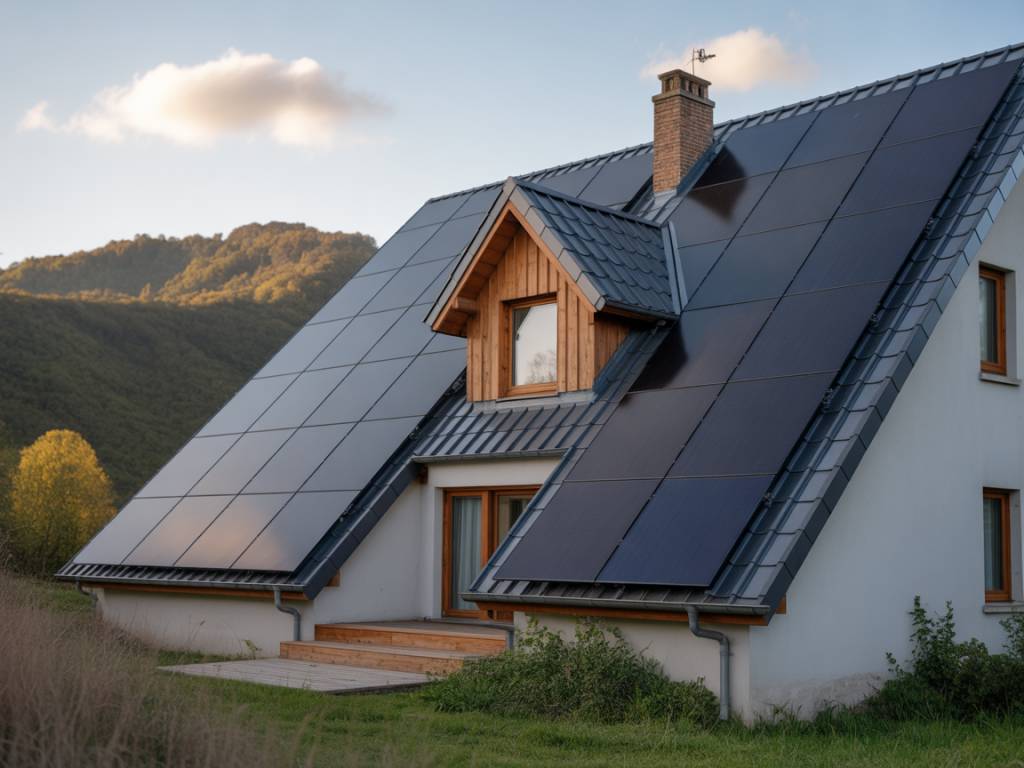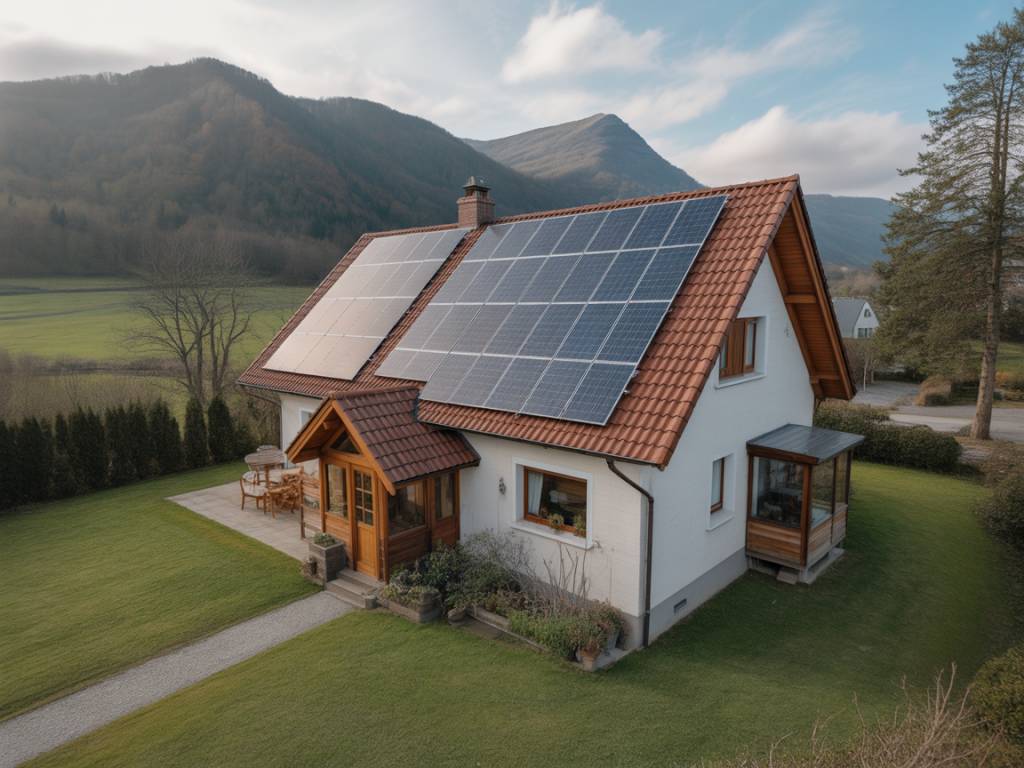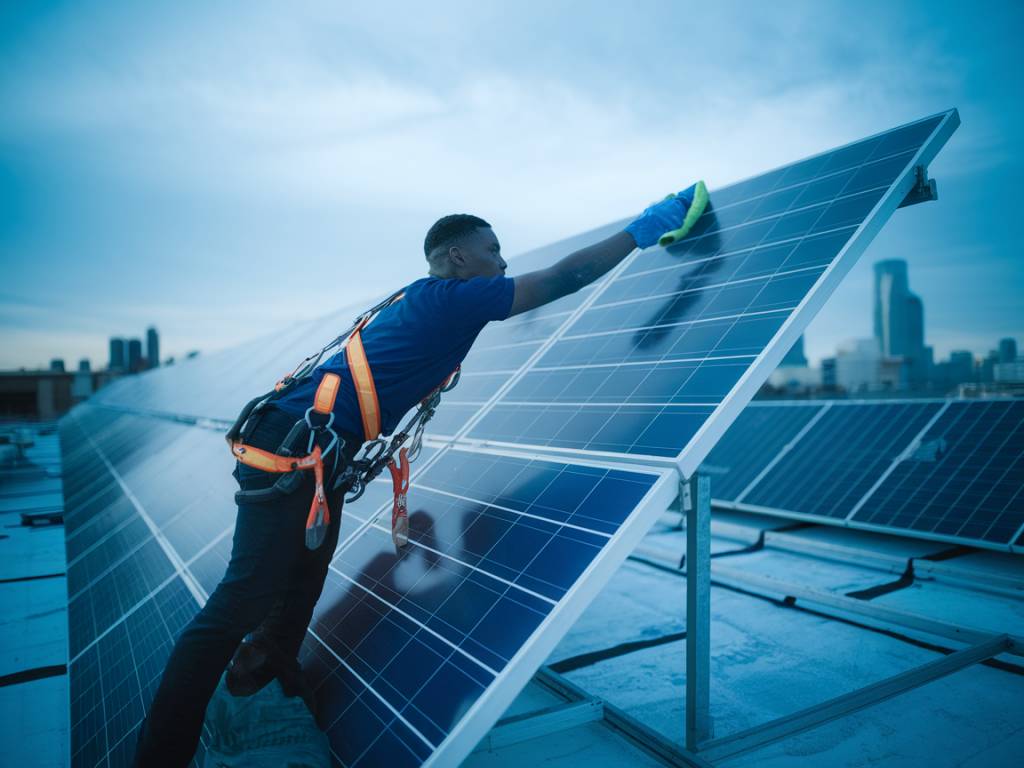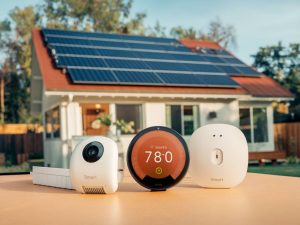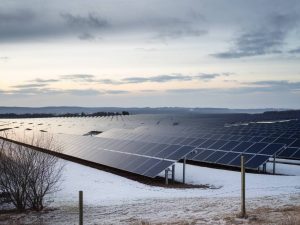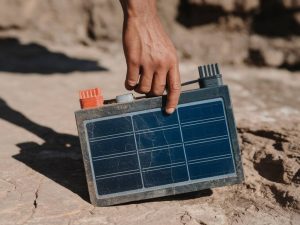Les meilleures pratiques pour prolonger la durée de vie de votre système solaire résidentiel
Understanding the Lifespan of Residential Solar Systems
Residential solar systems are a long-term investment designed to deliver clean, renewable energy for two to three decades. The average lifespan of solar panels ranges between 25 to 30 years, while other components like inverters may require replacement earlier. However, the actual performance and longevity of your system depend heavily on how well you maintain and monitor it over time.
With the rising adoption of home solar energy solutions, it’s essential for homeowners to understand the best practices for extending the life and efficiency of their solar photovoltaic (PV) installations. In this article, we explore critical maintenance tips and strategies that help your solar panels perform optimally for years.
Regular Cleaning of Solar Panels Improves Efficiency and Durability
Dirt, dust, leaves, bird droppings, and other debris can accumulate on the surface of solar panels, reducing their ability to absorb sunlight. Regular cleaning helps maintain the panel’s maximum energy output and prevents long-term degradation.
The frequency of cleaning will depend on your geographic location. Areas with frequent rain may require less maintenance, whereas regions with dust, pollen, or pollution may demand more frequent care.
- Use a soft brush or sponge with lukewarm water and mild soap.
- Avoid abrasive materials that might scratch the glass surface.
- Clean in the early morning or late afternoon to prevent thermal shock from cold water on hot panels.
- Consider hiring professional solar panel cleaning services if roof access is difficult or the system is large.
Monitor System Performance Through a Solar Monitoring App
Modern solar installations often come with a monitoring system that provides real-time updates about your system’s energy production and efficiency. Regularly analyzing this data can help identify underperformance or technical issues at an early stage.
Signs to watch for include sudden drops in energy output, irregular performance patterns, or discrepancies between expected and actual energy generation. These could indicate issues such as shading, inverter failure, or panel malfunction.
Conduct Visual Inspections to Detect Early Signs of Wear
Even if you’re not a solar technician, periodic visual inspections can make a significant difference. Spending a few minutes looking at your solar system every few months can help you spot anomalies that could lead to more significant problems if left unaddressed.
- Look for physical damage such as cracks, broken glass, or discoloration.
- Check for loose or corroded wiring, especially after storms or strong winds.
- Inspect the mounting system for rust, shifting, or slipping panels.
- Clear away any vegetation or tree branches that create new shade zones on panels.
Schedule Professional Maintenance Every 2 to 5 Years
While self-inspections and regular cleaning are valuable, a more comprehensive maintenance check by a certified professional can identify issues not visible to the untrained eye. A full system check involves electrical testing, inverter diagnostics, and structural inspection.
Most manufacturers recommend a professional check-up every 2 to 5 years depending on system complexity and environmental conditions. This routine maintenance can prolong the life of your equipment and ensure your warranty remains valid.
Ensure Proper Ventilation and Avoid Overheating
Solar panels operate most efficiently at cooler temperatures. If panels are mounted without adequate airflow or exposed to excessive heat, their performance may degrade over time. Proper installation design includes airflow beneath the panels to help dissipate heat effectively.
When installing or upgrading your solar panel array, work with an experienced installer who considers thermal management principles such as panel tilt angle, gap spacing, and reflective surfaces nearby.
Protect Your System from Weather and Pest Damage
Exposure to extreme weather events such as hail, snow, or hurricanes can damage solar panels or their mounting structures. Investing in solar panel protection systems such as hail guards, snow rakes, and wind clamps can help safeguard your installation.
Additionally, nesting birds, squirrels, or rodents can chew through wires or cause physical displacement. Installing critter guards or mesh netting around panel perimeters deters animals and preserves wiring integrity.
Update System Components as Technology Evolves
While solar panels themselves typically last 25+ years, other components like solar inverters have a shorter lifespan—usually around 10 to 15 years. Replacing your inverter when necessary ensures optimal energy conversion from DC to AC and maintains your system’s efficiency.
Additionally, solar battery storage systems, which are increasingly being adopted in hybrid setups, may require periodic upgrades or maintenance depending on the battery chemistry used (e.g., lithium-ion vs. lead-acid).
Document and Review Your Solar Panel Warranty
Each component of your residential solar system comes with its own warranty terms. It’s important to understand what’s covered and for how long. Retain all warranty documentation and have it accessible when scheduling repairs or inspections.
Typical warranties include:
- Performance warranty: Guarantees that panels will produce a minimum amount of energy over a specified period (usually 25 years).
- Product warranty: Covers manufacturing defects or equipment failures (typically between 10 to 15 years).
- Inverter warranty: Often ranges from 5 to 15 years, extendable with additional cost.
Work with Certified Solar Maintenance Professionals
To ensure your system operates at peak performance throughout its life, hire professionals accredited by organizations like the North American Board of Certified Energy Practitioners (NABCEP) or equivalent in your region. They follow industry standards and are trained to identify and mitigate potential issues quickly.
Investing in a solar maintenance plan provided by your installer or a third-party provider can also simplify the upkeep process while extending the reliability of your investment.
Summary: Proactive Care Ensures Long-Term Solar Investment
Maximizing the return on your residential solar installation isn’t just about choosing high-quality components—it’s about how well you maintain and monitor the system over time. Adopting these best practices not only ensures higher energy yields but also minimizes unexpected repair costs and contributes to the overall resilience of your renewable energy setup.
Whether you’re a new solar homeowner or have relied on your system for years, integrating these solar care habits into your routine will help you enjoy clean, efficient energy for decades to come.
